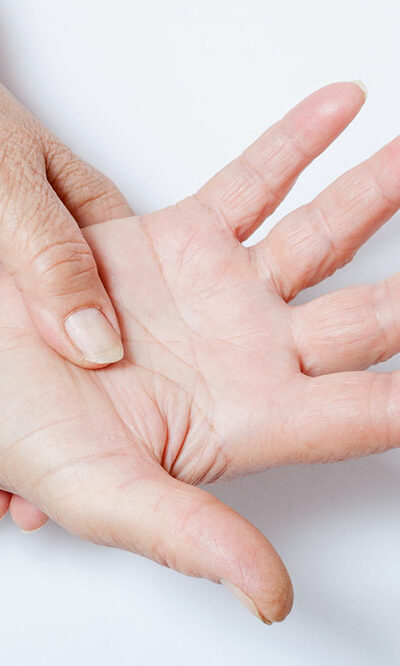
Essential factors Related to kidney and liver diseases
The kidneys & liver are two essential organs in the human body. They are involved in many important functions such as removal of waste, metabolic activity, hormone activity, and digestive function. To ensure that the health and wellbeing of these two important body organs, let us look at the symptoms, causes, and risks associated with kidney & liver diseases so that you take all the precautions to avoid these. Symptoms of a liver-related disease If a person has liver disease, they may exhibit the following symptoms: Vomiting Skin becoming yellow Drowsiness Being disoriented Swelling in the abdomen Having pain in the upper right abdomen Symptoms of kidney failure The symptoms associated with a person suffering from kidney failure include Irregular heartbeat Difficulty in breathing Pain in the chest Feeling weak Retention of fluid, which leads to swelling in the feet, ankles, or legs Coma or seizures in serious cases Causes of kidney & liver failure These causes are known to be quite common for kidney failure Infection Certain viruses such as the viruses causing Hepatitis A, B, and C can lead to infection and inflammation in the liver. Genes and medications Liver diseases such as Wilson’s disease Hemochromatosis are genetically inherited. The long-term consumption of certain medications can possibly lead to liver failure. Alcohol addiction Alcohol abuse is also a common cause of alcohol addiction. Alcohol is very bad for the liver, and this is why people should avoid consuming alcohol as it could lead to liver failure. Immune system diseases Certain diseases such as Primary Biliary Cholangitis and Autoimmune Hepatitis can impact the health of your liver. The common causes of liver failure are Decreased blood flow to the kidney Certain health problems can lessen the blood flow to the kidney. These include heart disease, allergies, and dehydration, to name a few.










